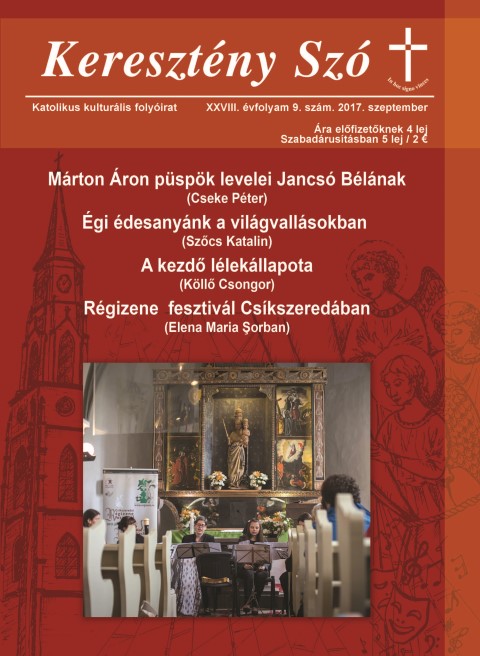We kindly inform you that, as long as the subject affiliation of our 300.000+ articles is in progress, you might get unsufficient or no results on your third level or second level search. In this case, please broaden your search criteria.
“Après qu’Ulysse et Ménélas, chacun de sa part, dépassent tempétueusement le noeud spatial qui s’avère être le Cap Malée, les dehors merveilleux des mers des confins et les confins de l’univers s’ouvrent à leurs yeux. À partir d’ici, aucun repère temporel ou spatial ne fonctionne plus. L’indétermination est double, le flou est indicible : espace et temps, déconstruits en tant que tels, deviennent les ingrédients indispensables de la géographie fictive à l’intérieur de laquelle les héros sont amenés à errer. Chacune de ces deux catégories et ensemble, elles ne font que suivre la logique du récit et que rythmer la progression dramatique, en scandant les arrivées ou les départs des voyageurs sur une carte qui ne garde aucune allure réaliste. Ménélas et Ulysse, chacun d’eux engagé sur son tracé errant, ne doivent que les poursuivre au fur et à mesure qu’ils dépassent les embûches de la mer qu’ils doivent sans cesse dépasser. Menant à leurs termes ces tracés errants, ils accomplissent leurs structures destinales. Cela se fait conformément à la volonté des dieux et selon leurs desseins, qui soustendent toute l’osature de l’Odyssée et infusent sa texture jusqu’aux détails apparemment les plus insignifiants”[…]
More...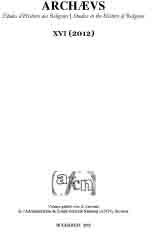
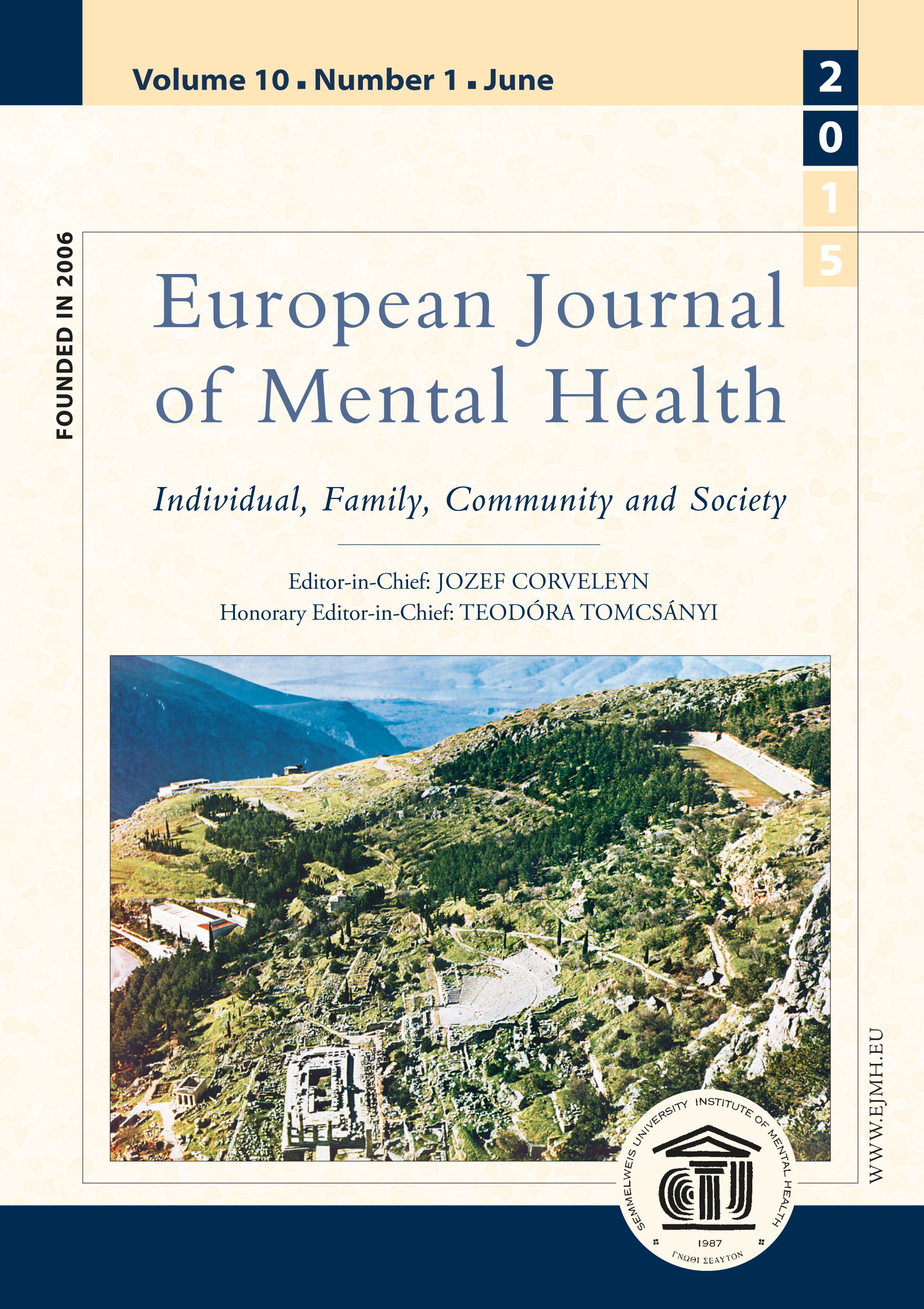
review of: ------------------------ Williams, J.G. (2012) Girardians: The Colloquium on Violence and Religion, 1990–2010
More...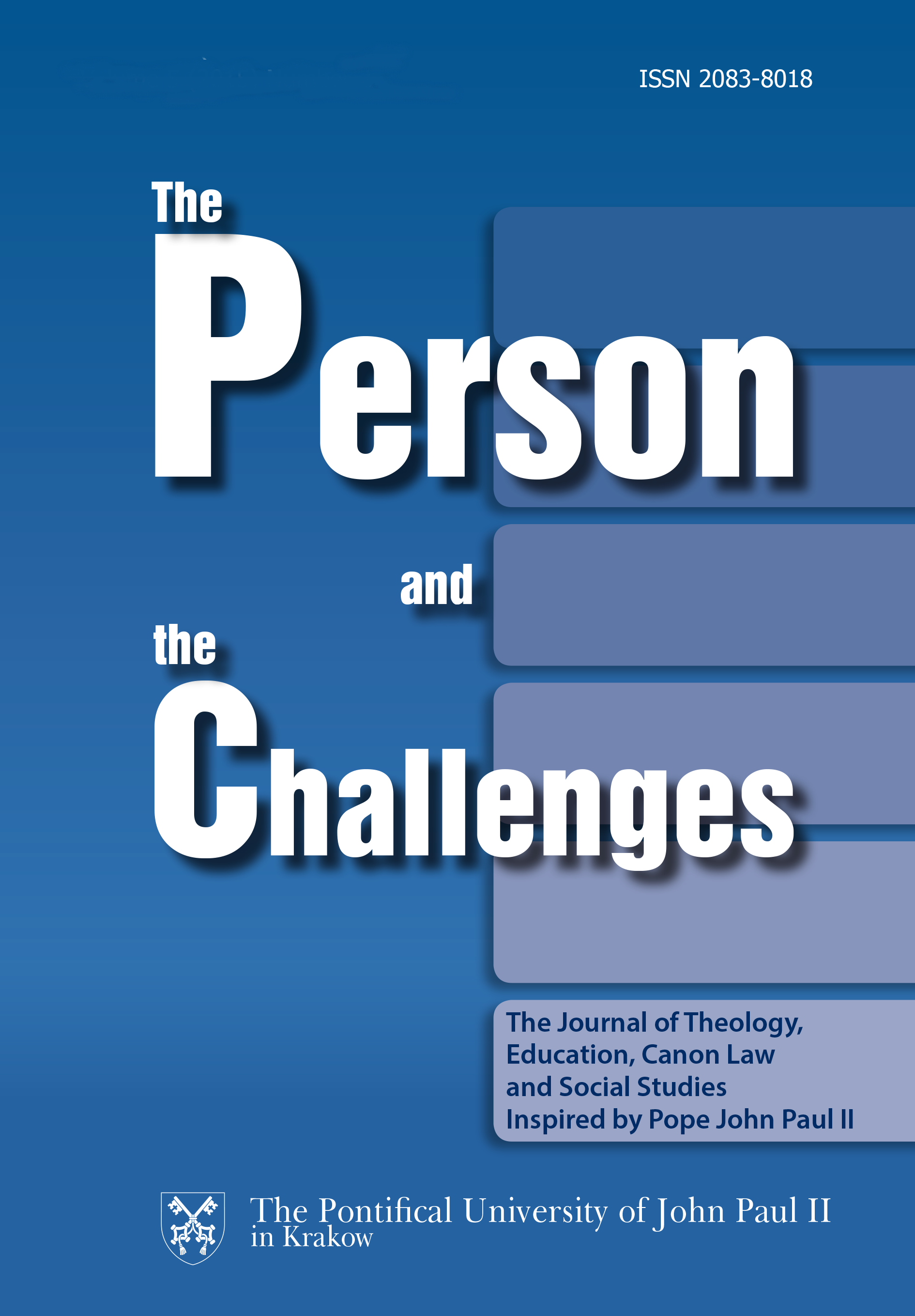
This article tries to find the answers to the following questions: Can one find, in the Rabbinic writings (the Tosefta, Jerusalem Talmud and Babylonian Talmud), some texts that refer to Jesus and His followers? What is their nature? Do they include anti-Christian undertones and constitute a specific Rabbinic anti-gospel: the rabbis’ well-thought and thorough reaction to the content included in the Gospels? The author in his answers used the detailed research presented in his latest monograph entitled Jesus and His Followers in the Talmud. A Textological, Historical and Sociological Analysis, Lublin 2013. His investigation leads him to the conclusion that in Talmudic narratives Rabbis created a specific anti-gospel which was initially transmitted verbally and then written down in various contexts of their works. The aim of this anti-gospel is to challenge the authority of Jesus of Nazareth as the Son of God and the Messiah from the house of David. Rabbinic narratives wish to show in a clear way that Jesus must not usurp any messianic and divine prerogatives. In the earlier times rabbis warned Jewish community against magic power and the attractiveness of the doctrine advocated by heretics. Subsequent rabbis showed the weakness and stupidity of heretical teaching, whose contradictions and lack of logic were easy to disprove by making use of proper argumentation. Jewish sages wished to prove the superiority of the Rabbinic doctrine and the biblical presentation they offered, over the Christian faith.
More...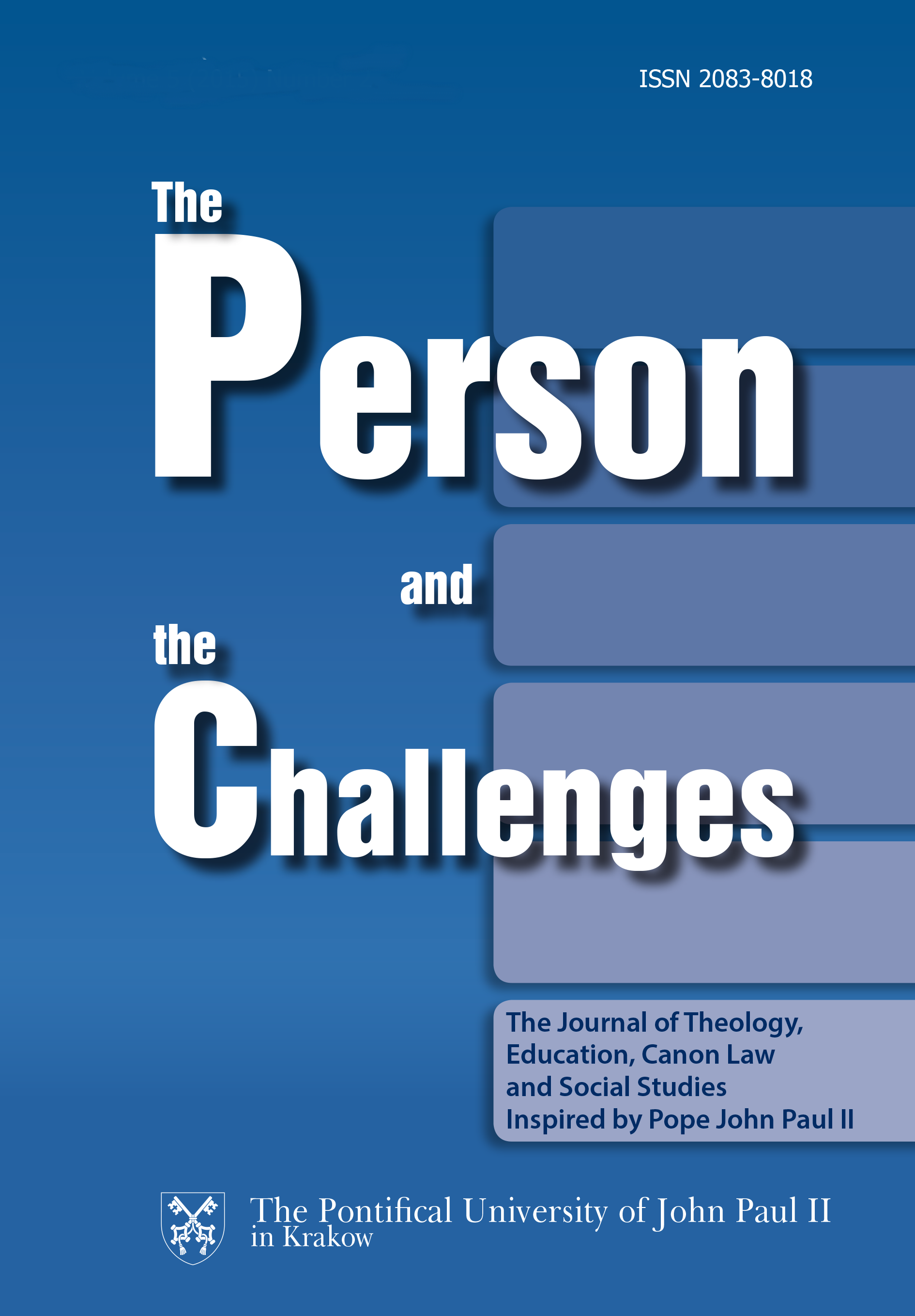
The new ecclesial movements have a particular focus in recent times in the Church, and have come to be known as the Spring of the Spirit. This article addresses this reality, their characteristics and their potential. It highlights the pastoral opportunity to live and profess the apostolic faith in an ever more authentic way.
More...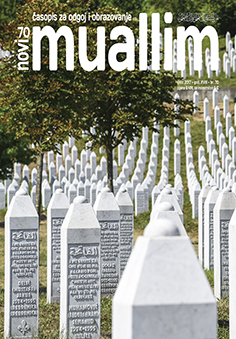
Možda najbolji način da se pokaže kako su uzusi uma koji su doneseni modernitetom rijetko podudarni s islamskim naučavanjem jeste promišljanje o karakteristikama moderniteta – pri čemu mislim na razmišljanje i norme “globalne kulture” u kojoj danas živimo. Trebalo bi biti bjelodano da ništa što karakterizira modernitet, nije tawḥīd, prvi princip islamskog razmišljanja. Umjesto toga, pošteno bi bilo reći da se modernitet odlikuje suprotnošću tawḥīdu.
More...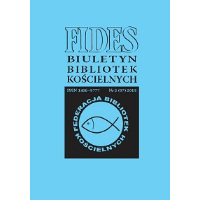
Trwa obecnie Rok Wiary (od 11 października 2012 roku do 24 listopada 2013 roku). Jest to dobra okazja, by odkurzyć zalegające półki biblioteczne woluminy i pogłębić wiedzę religijną na temat wiary. Papież Benedykt XVI powiedział w Rzymie 11 października 2012 roku: „Jeśli dzisiaj Kościół proponuje nowy Rok Wiary i nową ewangelizację, nie robi tego, aby uczcić jakąś rocznicę, ale ponieważ jest to konieczne nawet bardziej niż przed pięćdziesięciu laty! W minionych dziesięcioleciach rozwinęło się duchowe «pustynnienie».
More...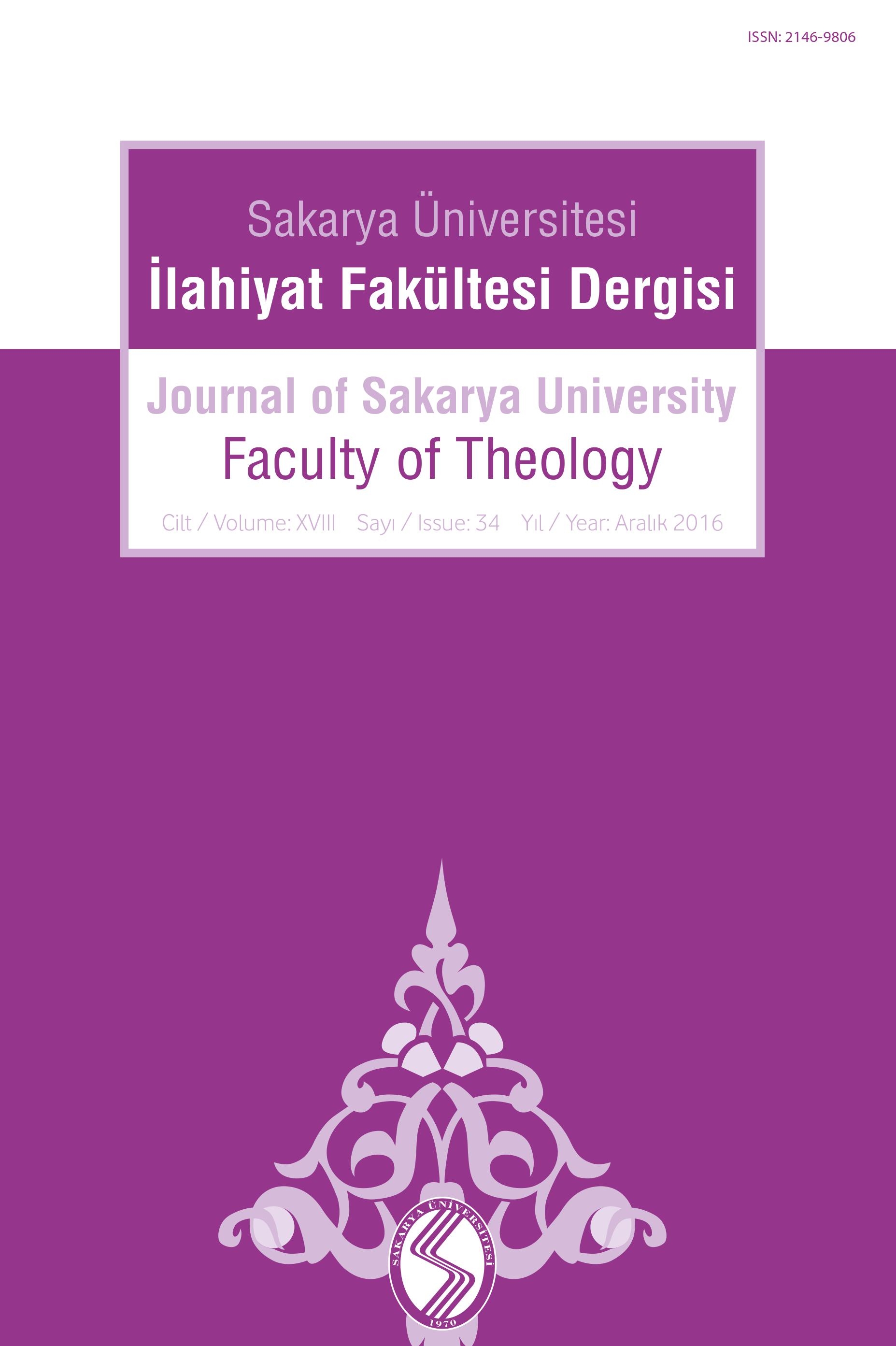
In this study, Paul F. Knitter's understanding of interreligious dialogue is studied. Knitter has experienced an intellectual process that embraces the exclusive, inclusive and pluralist attitudes in terms of religious diversity. Referring to the shortcomings of religious pluralism hypothesis in the final plan, he has suggested liberation theology and mutual global responsibility models. These two models are important in shaping his understanding of interreligious dialogue. Therefore his views on interreligious dialogue are discussed in the framework of these two models. This study aims to examine both the possibility of acceptability of Knitter's interreligious dialogue understanding and this understanding is coherence or not.
More...
In the article the author present the fruits of the work of the Faith & Order commission from a Roman Catholic perspective, in dialogue with important Vatican II documents related to the nature and the mission of the Church. The 1991 official response of the Congregation for the Doctrine of the Faith to the Final Report of ARCIC I, despite arriving ten years late, gave the impression to compare the theological ideas of ARCIC more with the formulations than with the content of Catholic faith. By laying bare the many points of contact between CTCV and Catholic ecclesiology we hope to encourage many Catholic theologians and interested believers to be enriched by reading the actual document. The article reconstructs the impact which the unpublished 2008 reaction by the PCPCU on The Nature and Mission of the Church (2005) has had on The Church: Towards a Common Vision (2013). With regard to the chapter on which it is notoriously difficult to realize ecumenical progress at multilateral level, ‘The Church: growing in communion’, the PCPCU has made the least suggestions for improvement. In turn, the drafters of the final document preferred not to try to achieve a differentiated consensus on difficult issues as the efficacious nature of baptism and the nature of the Eucharistas sacrifice. As a result, the task list for future dialogue remains long and apparently we have no other choice than being satisfied when small progress is made regarding one or more “elements” on the way to full visible unity.
More...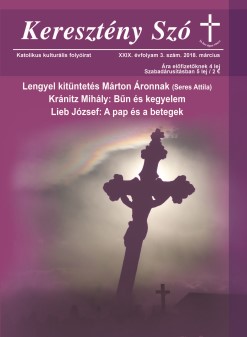
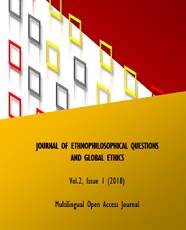
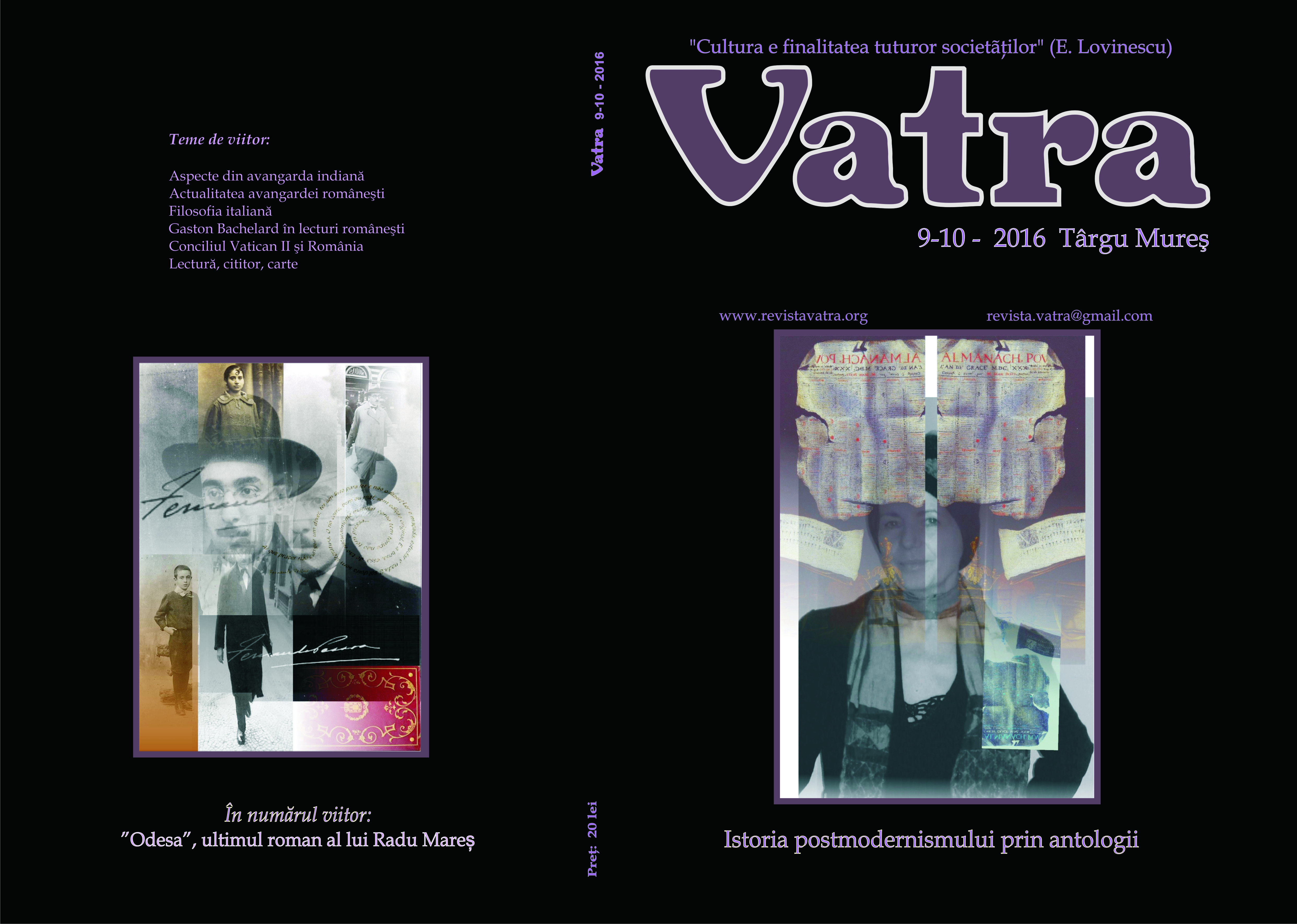
These articles studies the religious themes in Nicolae Steinhardt's journal,Viorel Thira's anthology, and also the etiology of evil in literature.
More...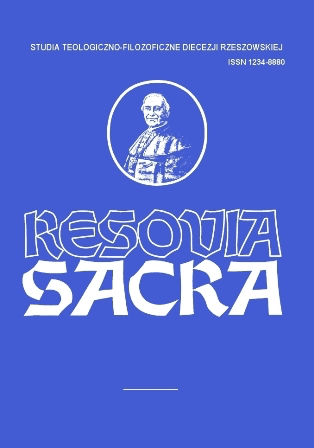
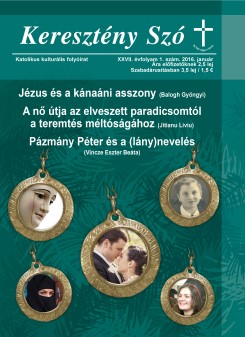
The author of this article, a professor of Biblical Studies, speaks about the main challanges of our contemporary world in Europe, the situation created by the migrant invasion of the last year. So the author wants to help the Christian reader to see the problem more clearly. In the first part of his article he speaks about the tradition of naming the Jewish, the Muslim and the Christian tradition the religions of „the Book”. The author presents the Bible and the Quran (Koran), their origins, development, the main themes, the parallel aspects, beliefs and stories.
More...
It has been seen that all commentators from Muqatil to modern times said that the Psalms is a holy book sent to the prophet Dâvûd. It is known that one of the next term commentators Biqai considered the holy book and has made long quotes and has shown the book of Psalms as a reference. Some of the later commentators said that the Zebûr mentioned in Quran is Psalms that Jews and Christians have, as Biqai did. When it follows to process that last fourteen centuries, approach of commentaries and their reading format was changed and distinctness according to time, geography and culture. In this article, essence of Zabur in the Ouran that takes part in Surah al-İsrâ 17/ 55, Surah an-Nisâ 4/163 and Surah Anbiya 21/ 105. One of our questions is if it is possible to argue that “Zabur” in the Qfuran is psalms in Tafsir literature.
More...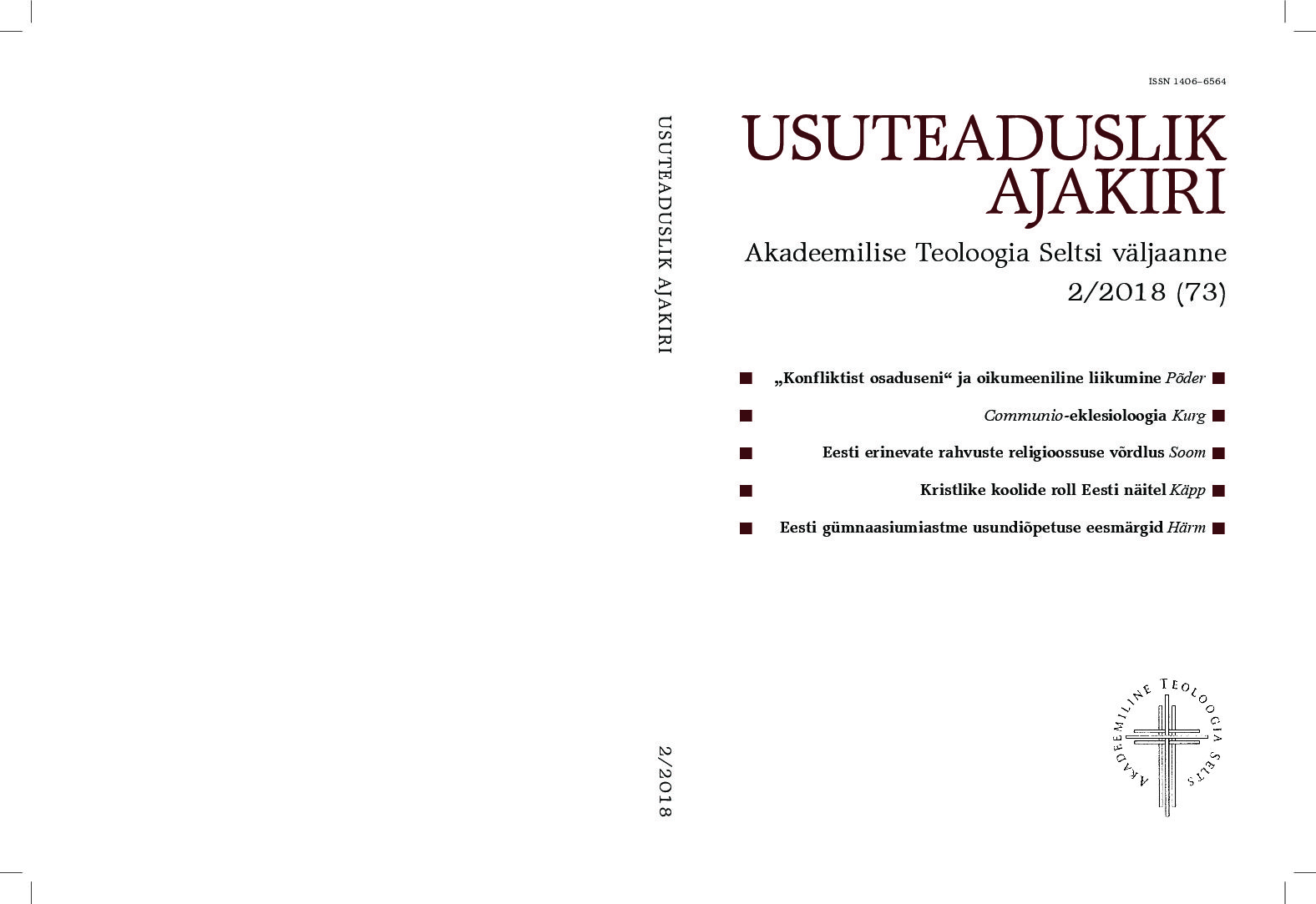
The Estonian society is bicultural, and two of the largest ethnicities in the society are Estonians and Russians. The article seeks to answer the question of the religiousness of Estonian-speaking people living in Estonia in comparison to the Russian-speaking people. The population census of 2011 showed that only 19% of Estonians embrace some kind of faith, but for the ethnic Russians that percentage was 51%. From the Estonians who embraced some kind of faith 72% were Lutherans and 94% of ethnic Russians were Orthodox Christians. Thus, we can see that the Russian-speaking respondents are clearly more strongly associated with institutional Christianity than the Estonianspeaking respondents. Lutheranism is the faith of the Estonians, Orthodoxy the faith of the Russians. Orthodoxy is a bearer of minority culture and a binder of a minority ethnicity. Comparing the Estonian-speaking and Russian-speaking population’s attitude towards the teaching of the classical Church, the analysis of the study “Life, faith and religious life“ highlights that for both language groups, only a small part (about 10%) agrees completely with the most important teachings of the church. The number of believers is broadly the same among the speakers of both Estonian and Russian, but the Russian speakers have a more positive attitude towards Christian religious statements than the Estonian speakers. The New Age spirituality is widespread among both Estonian and Russian speakers, while there are more active supporters of the New Age spirituality among Estonian respondents than among Russian respondents. Meanwhile, there are significantly more Estonian-speaking respondents than Russian-speaking respondents, who completely disagree with the claims of the New Age spirituality. There are not very many strong supporters of New Age spirituality, only about 10%. Also, by comparing the practice of religion in the church by Estonianspeaking and Russian-speaking people, it can be concluded that there are no particularly large differences. The speakers of both languages are equally passive practitioners of the Christian faith. The Estonian-speaking people go to the chapel a bit more often than the Russian-speaking people, and the Russian-speaking people pray much more than the Estonian-speaking people, but there are no major differences on other issues.
More...